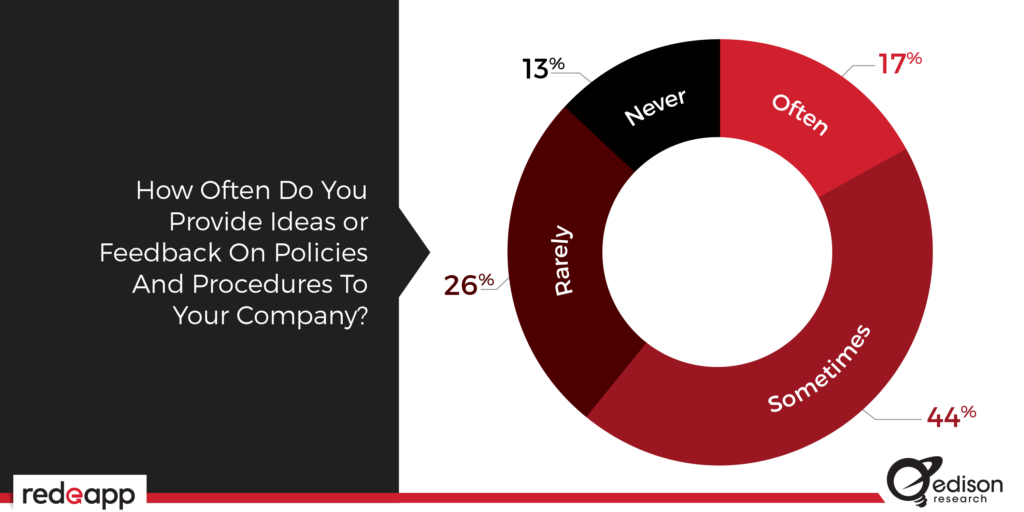Imagine being given a task to create an object using geometric shapes, but you can’t communicate with the person guiding you. Frustration quickly sets in as they rapidly provide instructions, leaving you clueless and unable to ask for help. This scenario, known as the “linear model of communication”, is a classic example of what not to do when communicating.
Linear communication is like a one-way street with no exits. It involves information being passed from one person to another without any opportunity for feedback, clarification, or discussion. This approach often leads to misunderstandings, confusion, and even conflict. It’s like playing a game of telephone, where the message gets distorted as it passes from one person to another. As everyone remembers from elementary school, the message always ends up so far off base that the question always becomes “How in the world did you get THAT from this?”
In the workplace, linear communication can be detrimental to productivity, morale, and collaboration. It creates a sense of disconnection between employees and their managers, stifling innovation and hindering the flow of ideas. When employees feel like they’re just passive recipients of information, without a voice or the ability to contribute, it can dampen their engagement and motivation. No one likes being talked down to or looked over!

The Feedback Gap: Are Companies Missing Out?
The Silence Speaks Volumes: Lack of Feedback in the Workplace
The study that we helped facilitate on hourly workers reveals a glaring issue: companies either aren’t soliciting feedback enough or they are failing to emphasize its value to employees. Shockingly, 70% of employees sometimes or rarely provide ideas or feedback. This lack of engagement puts employee satisfaction and retention at risk. Even when feedback is sought, 49% of employees feel undervalued, leaving them wondering if their voices truly matter.
Feedback is a powerful tool that fuels growth and improvement. It’s not just about giving employees a platform to share their thoughts; it’s about creating a culture that actively encourages and values their input. When employees feel heard and see their suggestions being taken seriously, they become more invested in their work and the success of the organization.
So why are companies missing out on this opportunity? One reason could be the fear of negative feedback or the belief that they already know what’s best for the business. However, this mindset will almost always lead to a lack of innovation and a stagnant work environment. Companies must recognize that feedback is a valuable resource that can uncover blind spots, identify areas for improvement, and spark new ideas. They always say if you think you know everything then you have a lot to learn!
Building Bridges for Stronger Connections
The Power of Connection: Fostering Employee Engagement
Fortunately, there’s hope on the horizon. Employees have spoken up about their desire to feel valued and connected to their employers. To bridge the gap, companies must prioritize communication and employee satisfaction. Regular employee surveys, both formal and informal, can provide valuable insights. Sharing survey results and keeping employees informed about progress and implementation of suggestions creates transparency and strengthens the bond between employees and the organization.

Furthermore, companies can establish open channels of communication that encourage ongoing dialogue. This includes creating opportunities for two-way conversations, whether through face-to-face meetings, feedback sessions, or digital platforms. When employees feel comfortable sharing their ideas, concerns, and suggestions, it fosters a sense of belonging and empowerment.
Recognizing and appreciating the efforts of employees who provide feedback is another crucial aspect of fostering that empowered company culture. Companies should celebrate and reward valuable contributions, acknowledging the impact that employee input has on shaping the organization’s direction. This recognition reinforces the idea that feedback is not only welcomed but also integral to the company’s growth.
By actively seeking and valuing feedback, companies can unlock the full potential of their employees. Ideas can flourish, collaboration can thrive, and innovation can take root. Employees become more invested in the success of the organization because they know their voices matter. Remember, effective communication is not just a luxury; it’s a necessity for organizational success.
Editor’s Note: The Profile of the Hourly Worker’s inaugural report, “Demographics, Devices, and Disconnection,” was unveiled in November 2015. This independent survey, conducted by Edison Research on behalf of Red e App, sheds light on the insights and details of the United States’ hourly workforce, offering valuable guidance for bridging the communication gap in the workplace.


